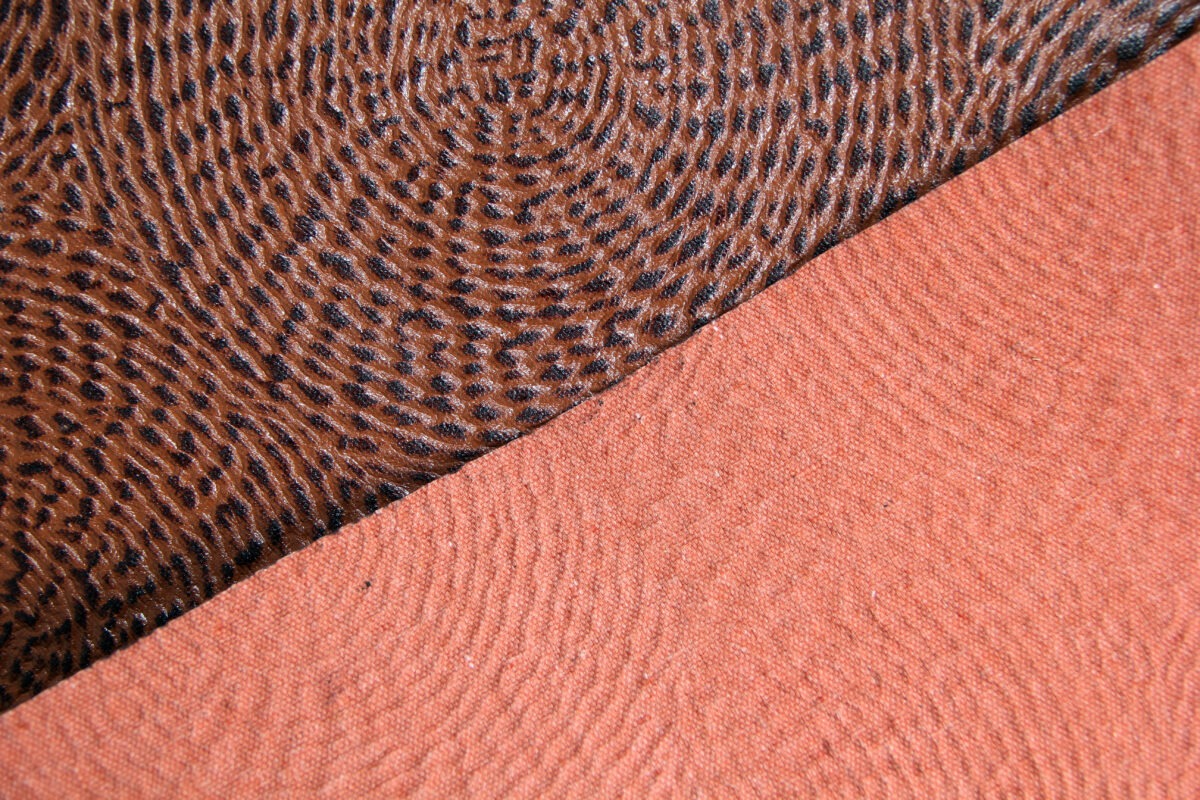Introduction :
Sustainable material innovation is about creating eco-friendly materials that reduce waste, pollution, and energy consumption. These materials replace harmful plastics, synthetic fabrics, and non-renewable resources. From plant-based leather to biodegradable plastics, companies worldwide are working on materials that are both durable and environmentally safe. In this blog, we explore the history, trends, and future of sustainable materials that are shaping industries like fashion, construction, and packaging.
Table of Contents
- The Evolution of Sustainable Materials
- History & Legacy of Eco-Friendly Materials
- Latest Trends in Sustainable Material Innovation
- Future of Sustainable Materials in Industries
- FAQs on Sustainable Material Innovation
- Conclusion
The Evolution of Sustainable Materials
Sustainable materials have evolved over time, starting with natural fibers like cotton and hemp. Over the years, industries moved towards synthetic materials, but growing environmental concerns have led to a shift back to biodegradable and recycled materials. Innovations like mushroom leather, seaweed fabric, and recycled plastics are shaping the future.
History & Legacy of Eco-Friendly Materials
Eco-friendly materials have existed for centuries. Ancient civilizations used bamboo, clay, and natural dyes for clothing and construction. The Industrial Revolution led to mass production of synthetic materials, but the 21st century is bringing a revival of sustainable alternatives due to climate concerns. The legacy of eco-conscious design continues with modern innovations.
Latest Trends in Sustainable Material Innovation
The latest trends focus on biodegradable, plant-based, and upcycled materials. Some exciting innovations include:
- Tomato Leather – A plant-based leather alternative made from food waste.
- Mycelium (Mushroom) Leather – Used in luxury fashion and furniture.
- Recycled Ocean Plastic – Transformed into clothing, shoes, and accessories.
- Seaweed-Based Fabrics – A soft, durable alternative to synthetic fibers.
Future of Sustainable Materials in Industries
Sustainable materials are shaping industries like:
- Fashion – Brands are switching to bio-based textiles and recycled fabrics.
- Construction – Materials like hempcrete and bamboo are reducing carbon footprints.
- Packaging – Biodegradable alternatives to plastic are gaining popularity.
- Automotive – Car manufacturers are using plant-based leather and recycled plastics.
FAQs on Sustainable Material Innovation
Q1: What are sustainable materials?
Sustainable materials are eco-friendly alternatives made from natural, recycled, or biodegradable sources that help reduce pollution and waste.
Q2: Why are sustainable materials important?
They help fight climate change, reduce landfill waste, and lower carbon emissions, making industries greener and more responsible.
Q3: What industries use sustainable materials?
Fashion, construction, packaging, automotive, and even electronics are embracing sustainable materials for a greener future.
Q4: Is sustainable material innovation expensive?
While some materials may have higher initial costs, they save resources in the long run and are becoming more affordable with growing demand.
Q5: What are some examples of sustainable materials?
Examples include plant-based leather, recycled fabrics, biodegradable plastics, and mycelium (mushroom) leather.
Conclusion
Sustainable material innovation is shaping a greener future by replacing harmful materials with eco-friendly alternatives. From fashion to construction, industries are embracing sustainable solutions to reduce their environmental impact. With constant advancements in bio-based and biodegradable materials, the world is moving towards a more sustainable and responsible way of living.
Written By: Bioleather

